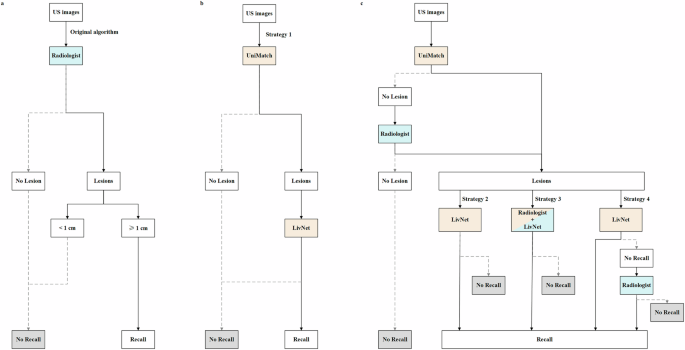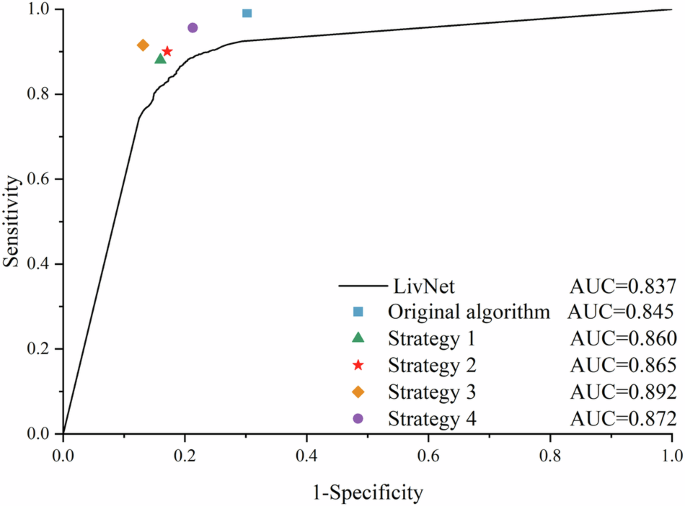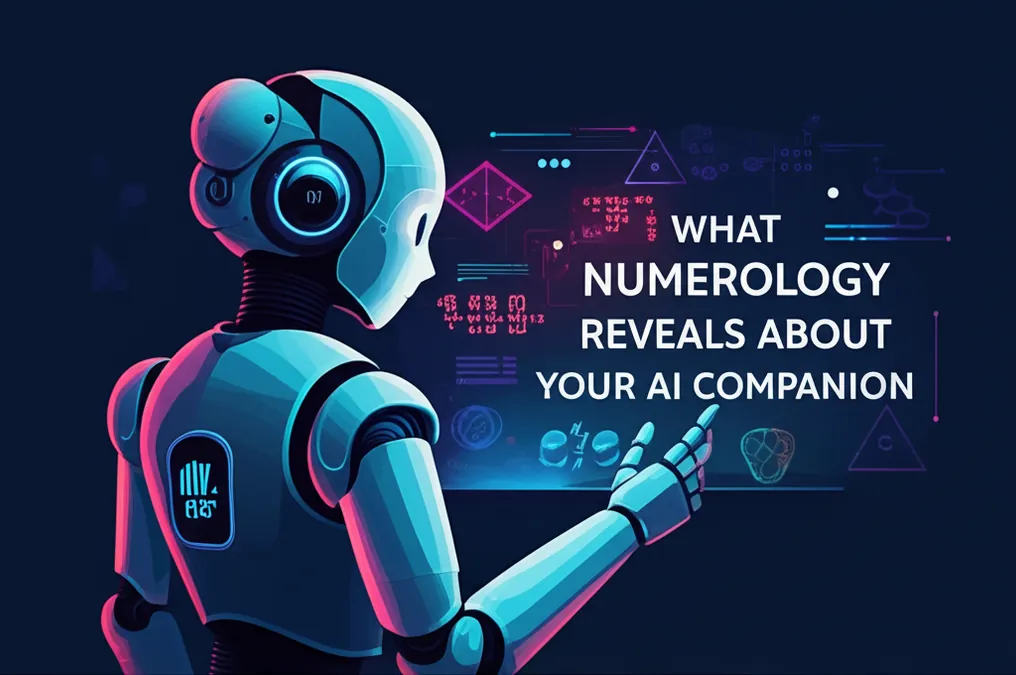Human AI Teamwork Transforms Liver Cancer Detection
The Challenge of Screening for Liver Cancer
Primary liver cancer is a significant global health issue, ranking as the sixth most common cancer and the third leading cause of cancer-related deaths worldwide. The most prevalent form, hepatocellular carcinoma (HCC), requires effective screening in high-risk individuals to improve patient outcomes. The standard method for this screening is ultrasound, largely due to its wide availability and low cost.
However, this process is not without its challenges. Radiologists face an immense and growing workload as the number of screenings increases. Differentiating between benign and malignant lesions from an ultrasound image can be difficult, leading to a high rate of false positives and unnecessary patient recalls for more expensive and invasive tests like CT or MRI scans. This not only burdens the healthcare system but also causes significant anxiety for patients and risks delays in diagnosing those who genuinely need treatment.
Introducing an AI-Powered Solution
To address these critical issues, a groundbreaking multicenter study explored how artificial intelligence could be integrated into the HCC screening workflow. The research introduced a sophisticated AI system composed of two main parts:
- UniMatch: An AI model designed to accurately detect the presence of liver lesions on ultrasound images.
- LivNet: An AI model engineered to classify detected lesions as benign or malignant, helping to determine if a patient needs a recall.
The study tested four different strategies for combining these AI tools with the expertise of human radiologists to find the most effective and efficient workflow.

Putting AI to the Test: The Winning Strategy
After analyzing 21,934 liver ultrasound images from nearly 12,000 patients, one strategy clearly stood out. Strategy 4, a true human-AI collaboration, delivered the best overall performance.
In this model:
- The AI (UniMatch) first scans all images to detect lesions.
- A radiologist then reviews only the images the AI flagged as negative (no lesion) to act as a safety net and catch anything the AI might have missed.
- For images with detected lesions, the second AI (LivNet) classifies them as low-risk (no recall) or high-risk (recall).
- Finally, a radiologist reviews the cases the AI deemed low-risk to ensure no suspicious cases are overlooked.
This layered approach proved remarkably successful. Compared to the traditional method of radiologists reviewing every image, Strategy 4 achieved:
- Comparable Sensitivity: It was just as effective at detecting cancer (0.956 vs. 0.991), meeting the noninferiority threshold.
- Superior Specificity: It was significantly better at correctly identifying non-cancerous cases (0.787 vs. 0.698), reducing false alarms.
- Massive Workload Reduction: It cut the number of images radiologists had to review by 54.5%.
- Fewer Recalls and False Positives: The recall rate and false positive rate were both significantly lowered, reducing patient anxiety and unnecessary follow-up procedures.

Why This Human-AI Partnership Works So Well
The success of Strategy 4 highlights a crucial concept in medical AI: the goal is not to replace human experts but to augment them. This model leverages the strengths of both AI and radiologists. The AI performs the initial, time-consuming triage with high accuracy, while the radiologist applies their critical expertise to the most nuanced cases, acting as a final quality check.
This synergy creates a more efficient, accurate, and sustainable screening process. By reducing the burden on radiologists, it allows them to focus their attention where it's needed most. For patients, it means a more reliable diagnosis with less stress from false alarms and unnecessary procedures, ultimately conserving valuable medical resources and lowering healthcare costs.
What's Next for AI in Liver Cancer Screening?
This study provides a powerful blueprint for integrating AI into clinical workflows. While the results are promising, the research was retrospective, meaning it was based on historical data. The next essential step is to validate these findings in prospective, real-world clinical trials.
In conclusion, this human-AI collaborative approach offers a path toward a new standard in HCC screening—one that enhances diagnostic accuracy, alleviates the immense workload on healthcare professionals, and improves the overall patient experience.


